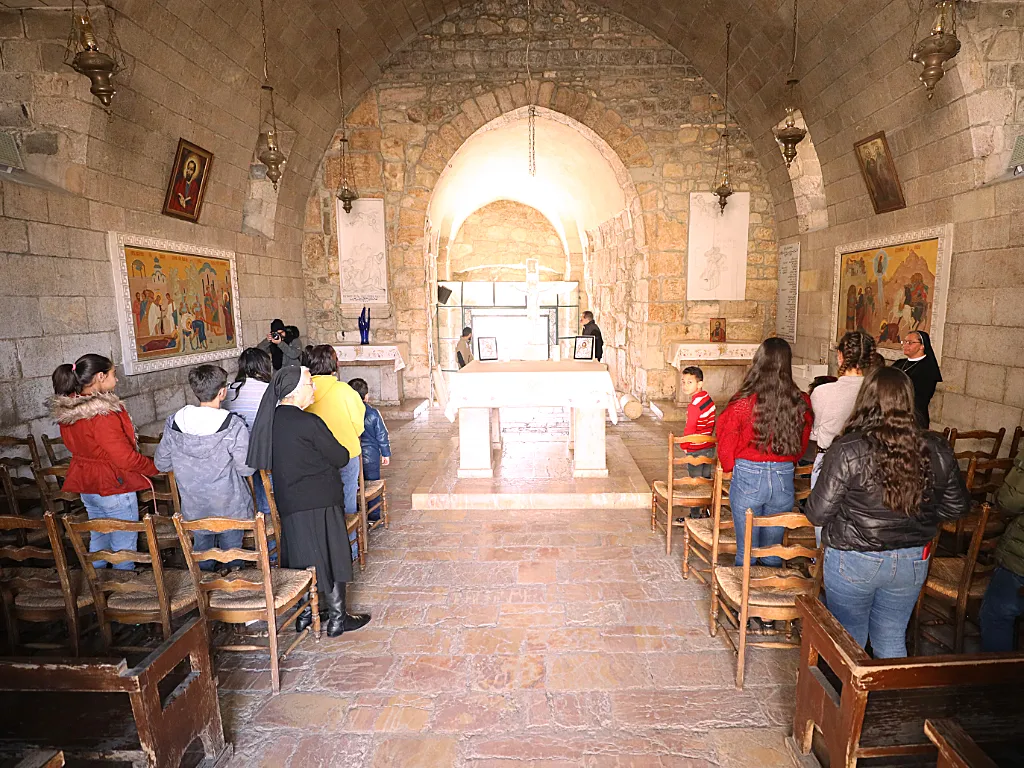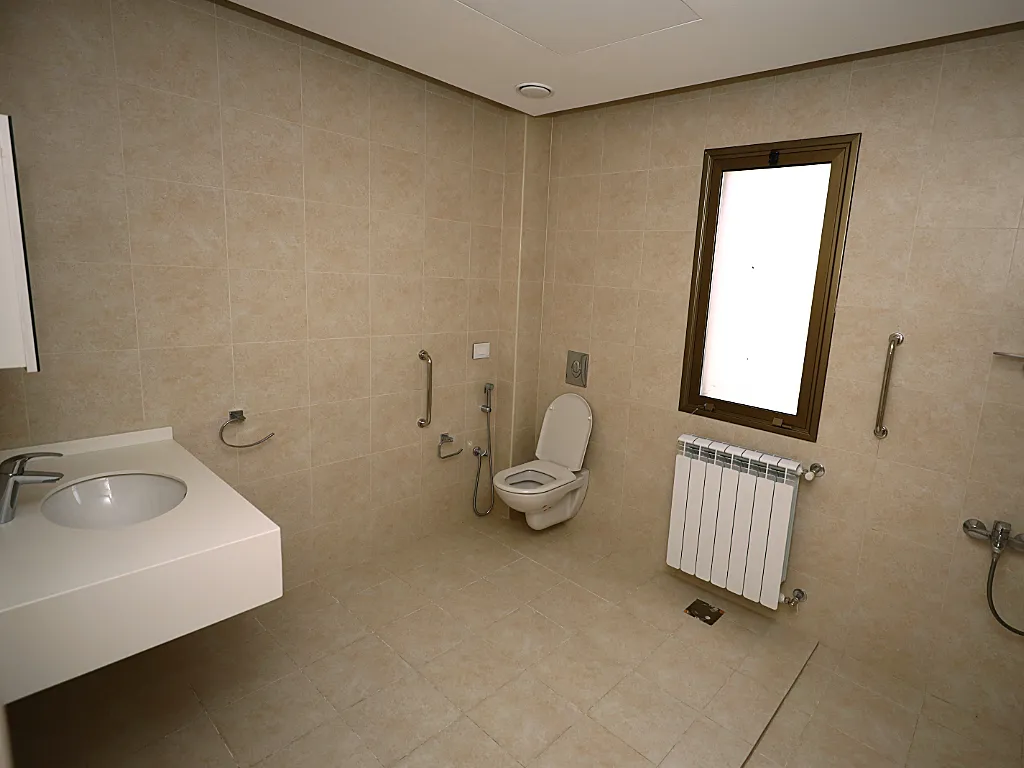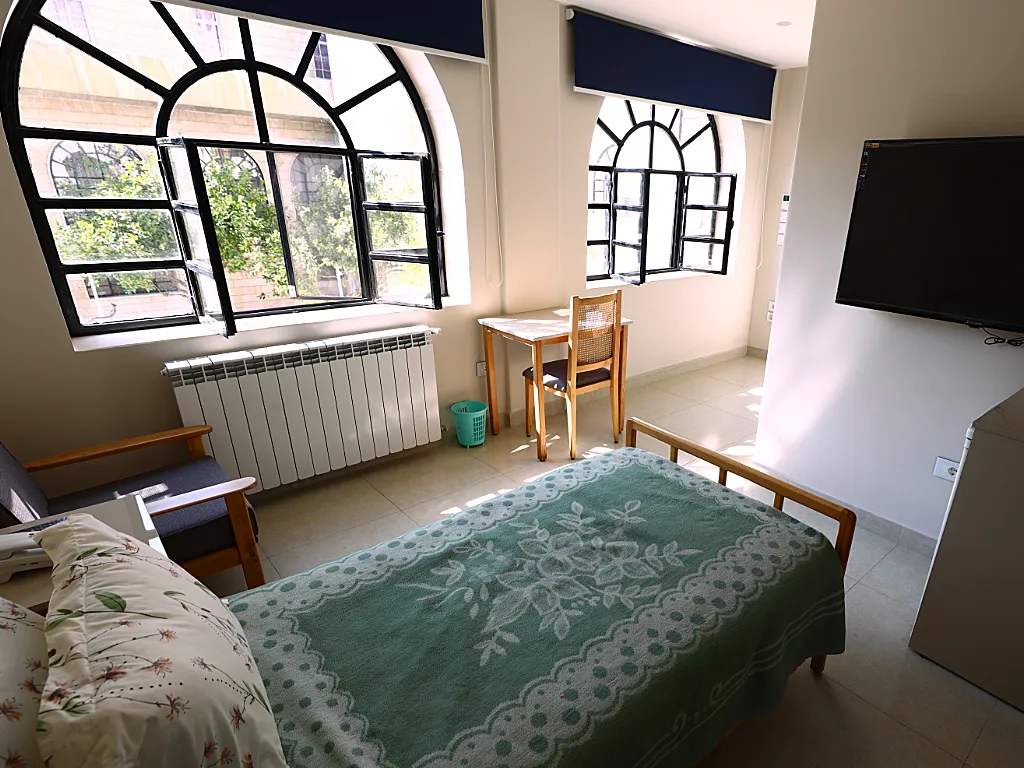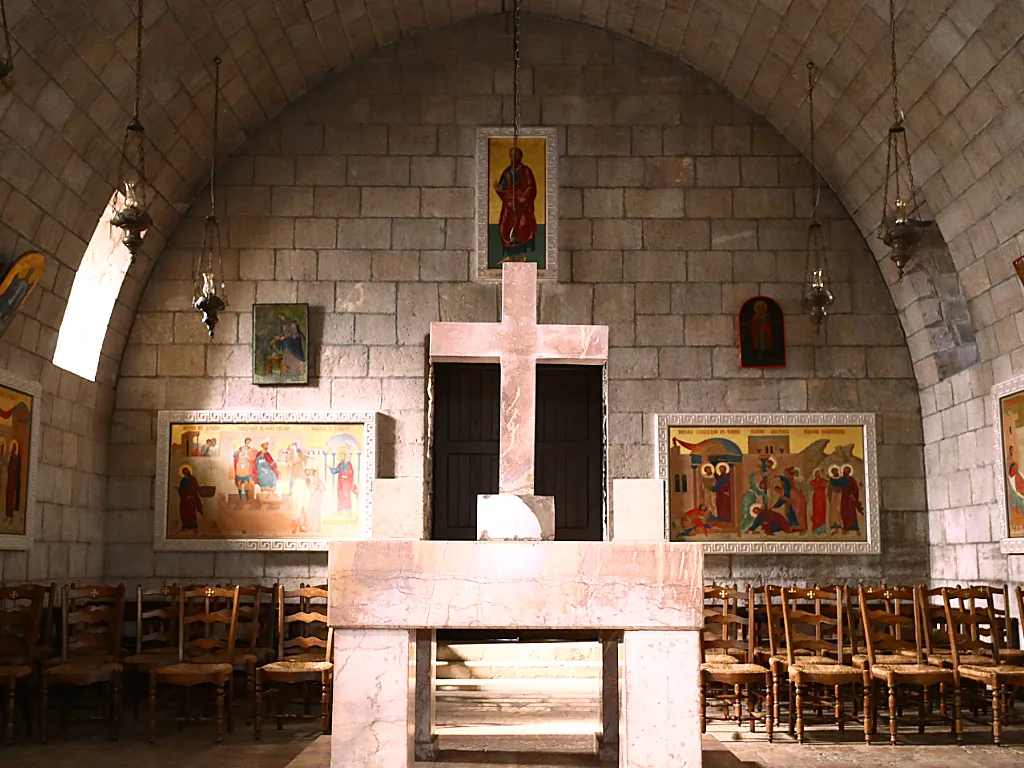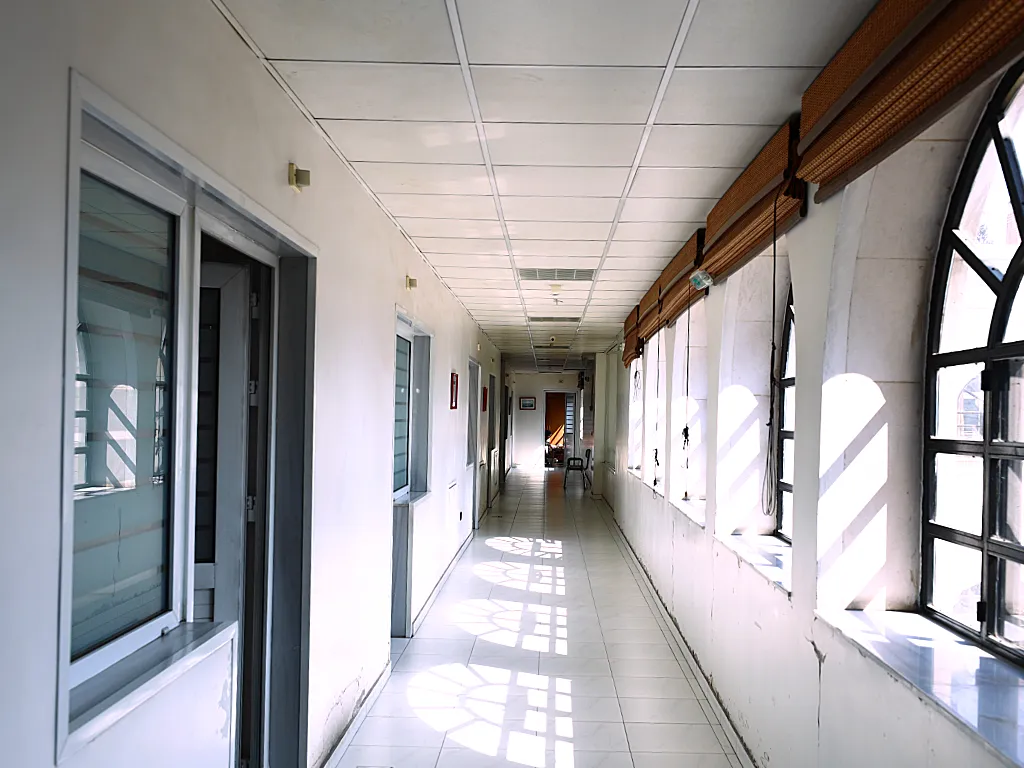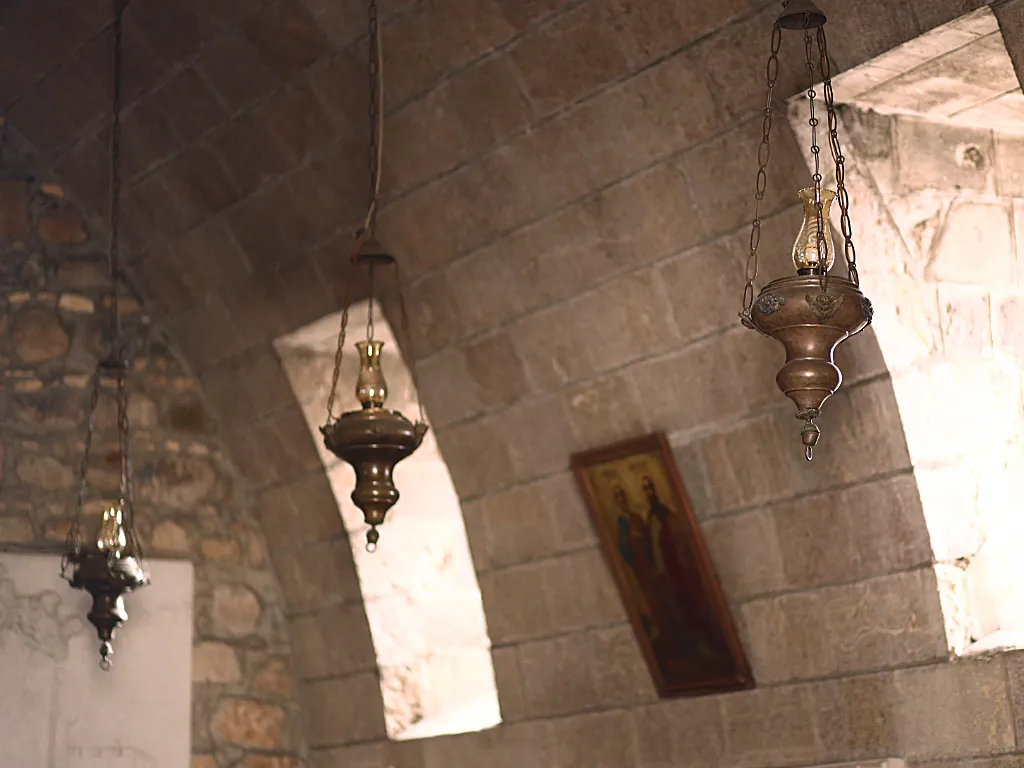In Damascus, the oldest inhabited capital in the world, inside its old walls and next to the church from where St-Paul escaped to preach Christian religion to the world; stands since 1963: St-Paul Convent.
The idea of the convent was initiated by the late Maximos IV, the Greek Melkite Catholic Patriarch, as a humanitarian project to look after children who lost one or both their parents or come from split parents.
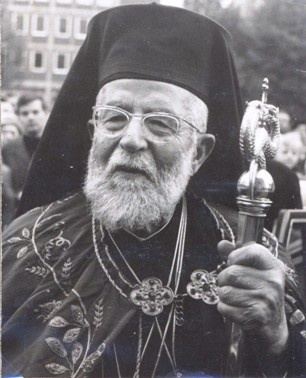
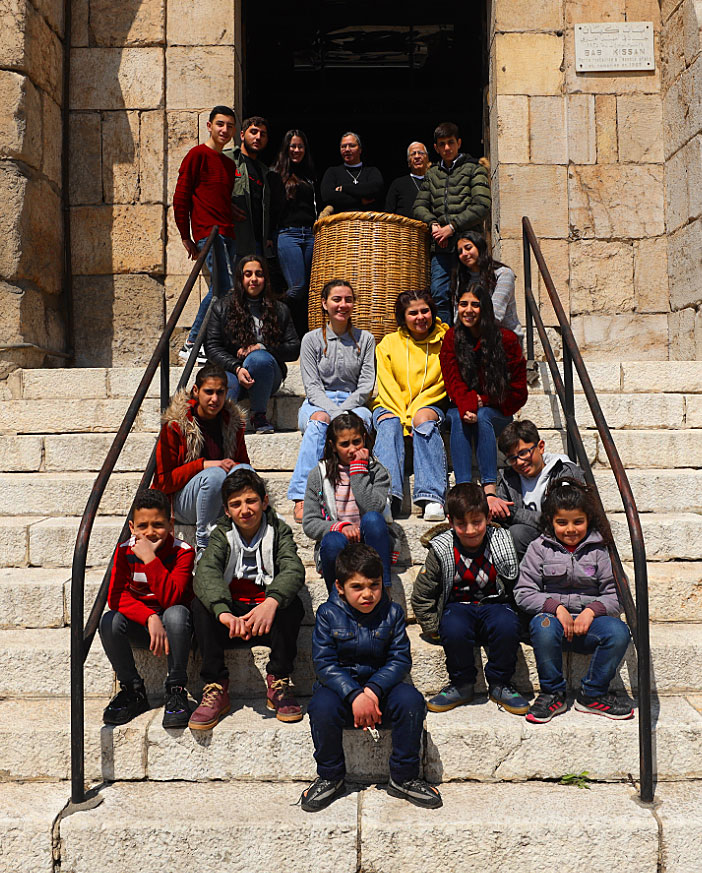
A group of Damascenes faithful to the church answered this initiative and the first part of the convent was built to receive those children
The convent is today looking after 40 boys and girls aged from 2 to 18 year’s old coming from different communities.
In the seventies of the last century and due to the success of the children’s house, the late Patriarch Maximos V Hakim with the Board of Directors decided to add to the project a home for elderly people. Thanks to donators, this extension could come to light and today 30 room with private bathrooms, fully equipped with TV, telephones, etc … are available to receive guests.
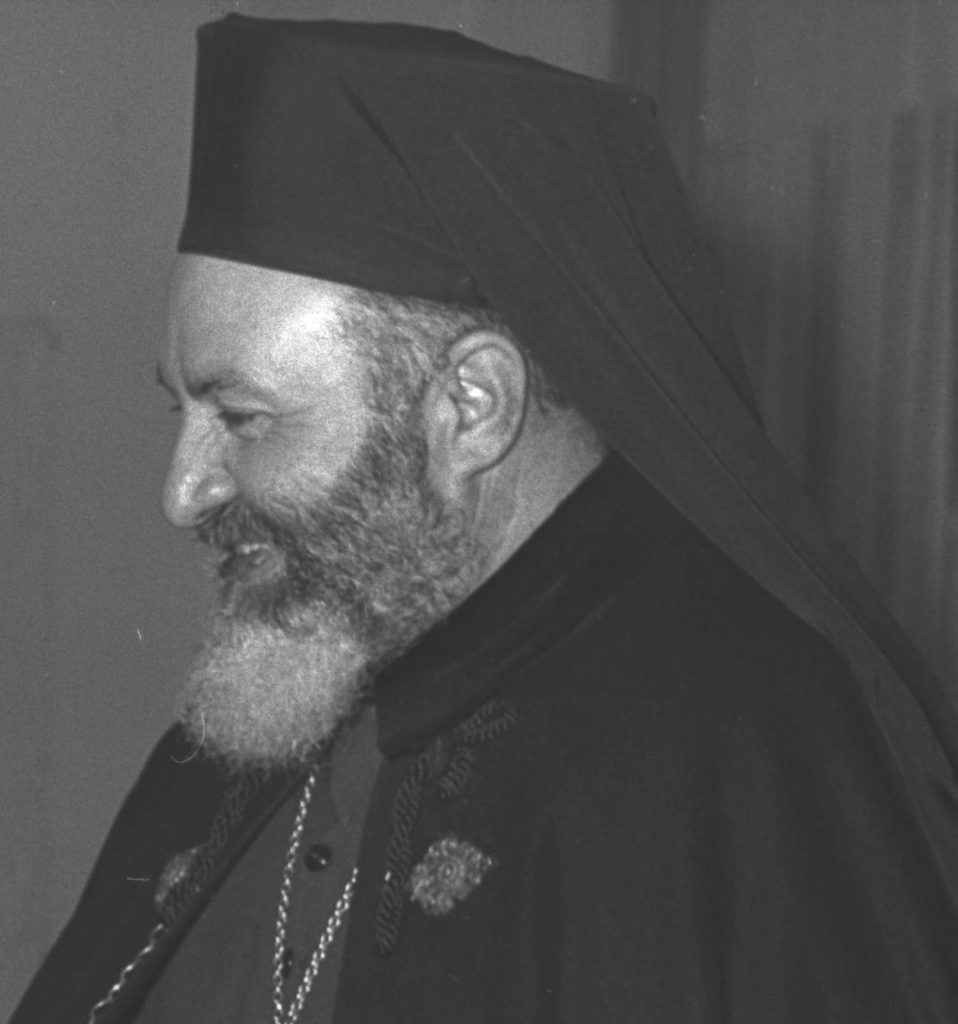
Both projects are managed by
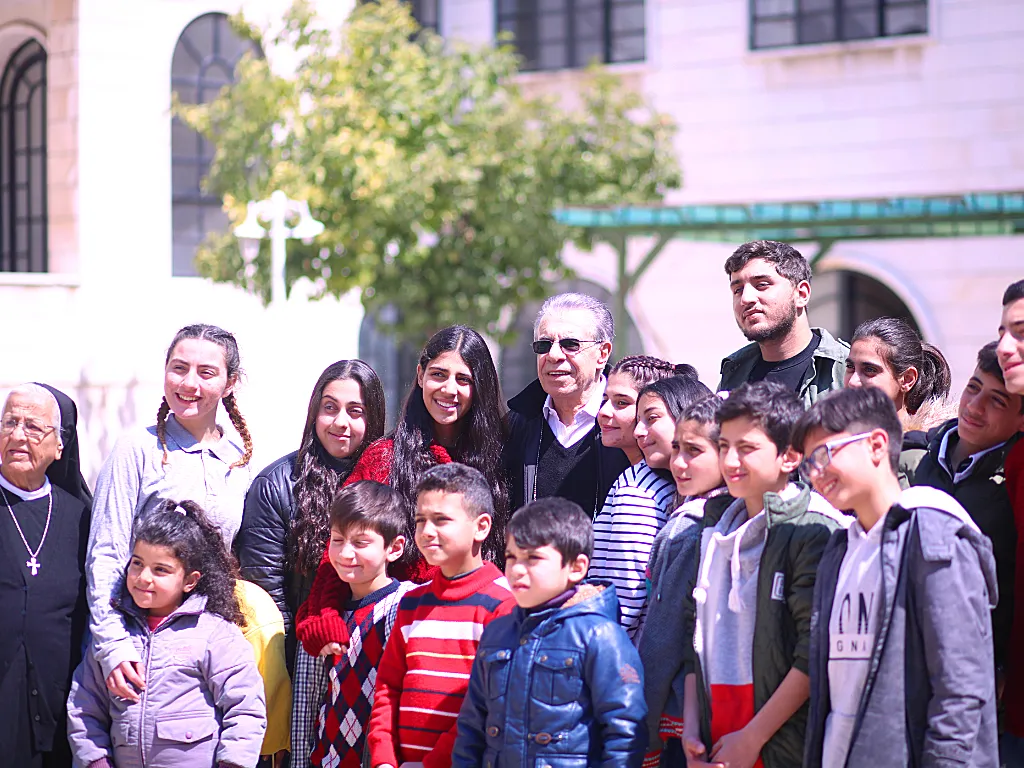
A Board of Directors presided by H.B. Mgr. Joseph Absi, the Greek Melkite Catholic Patriarch
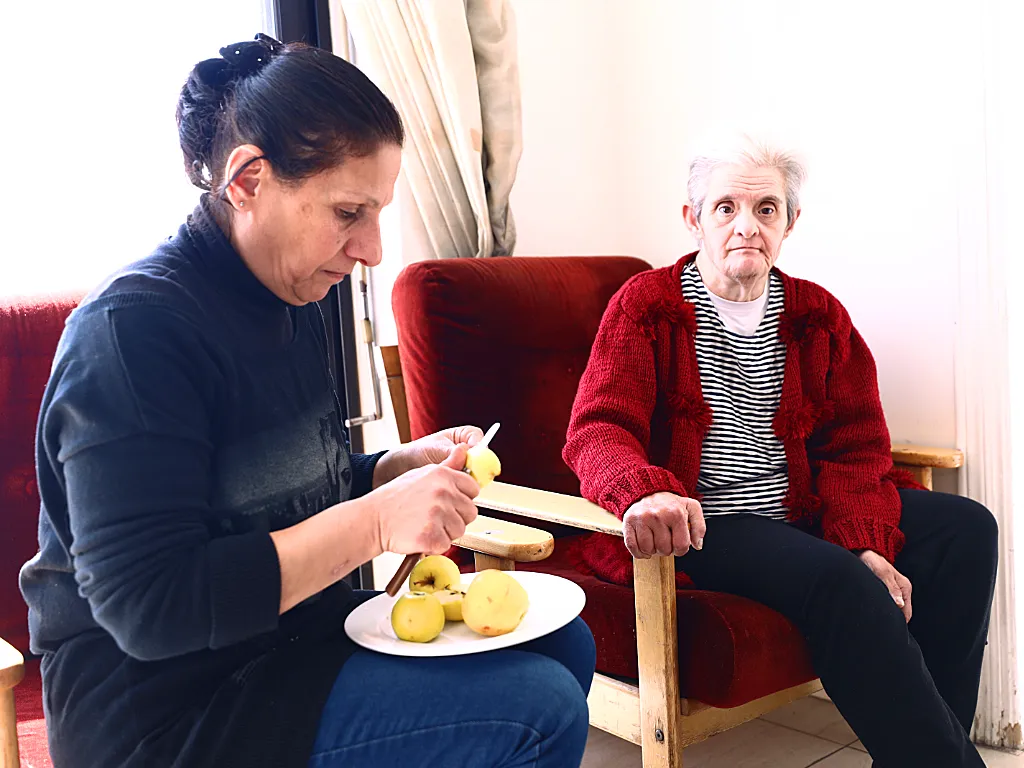
Sisters from the Aleppo Basilian congregation who are responsible for the spiritual, educational, and social welfare, as well as the running of the 2 houses
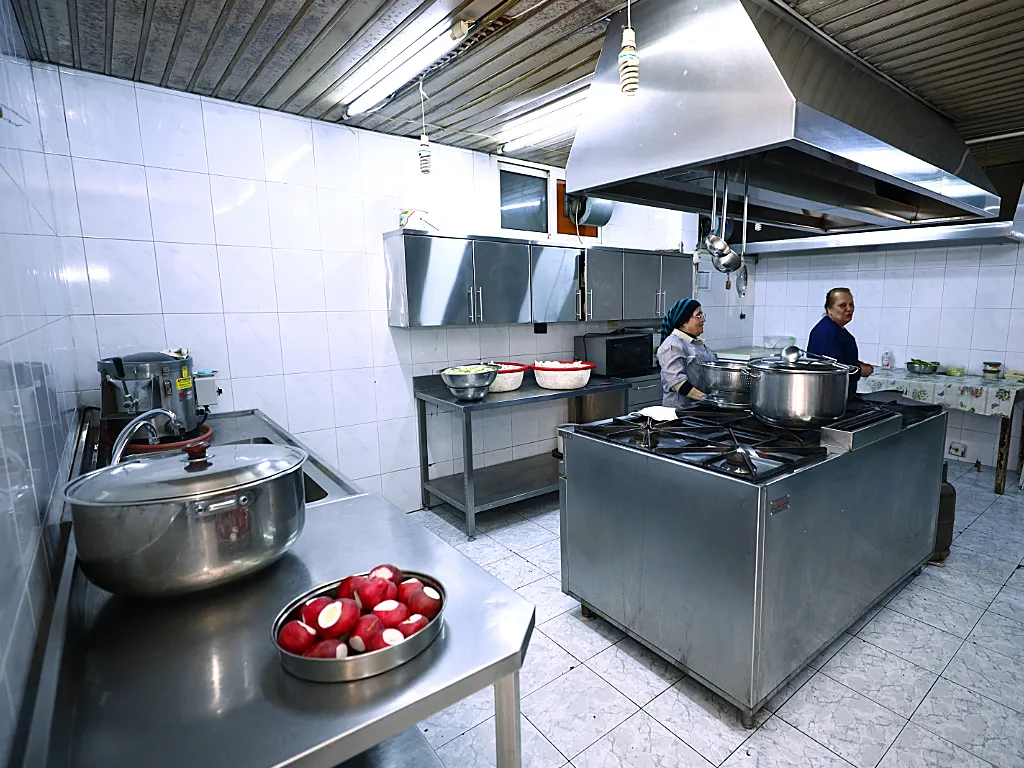
A team of employees responsible for the daily tasks, cooking, cleaning, etc …
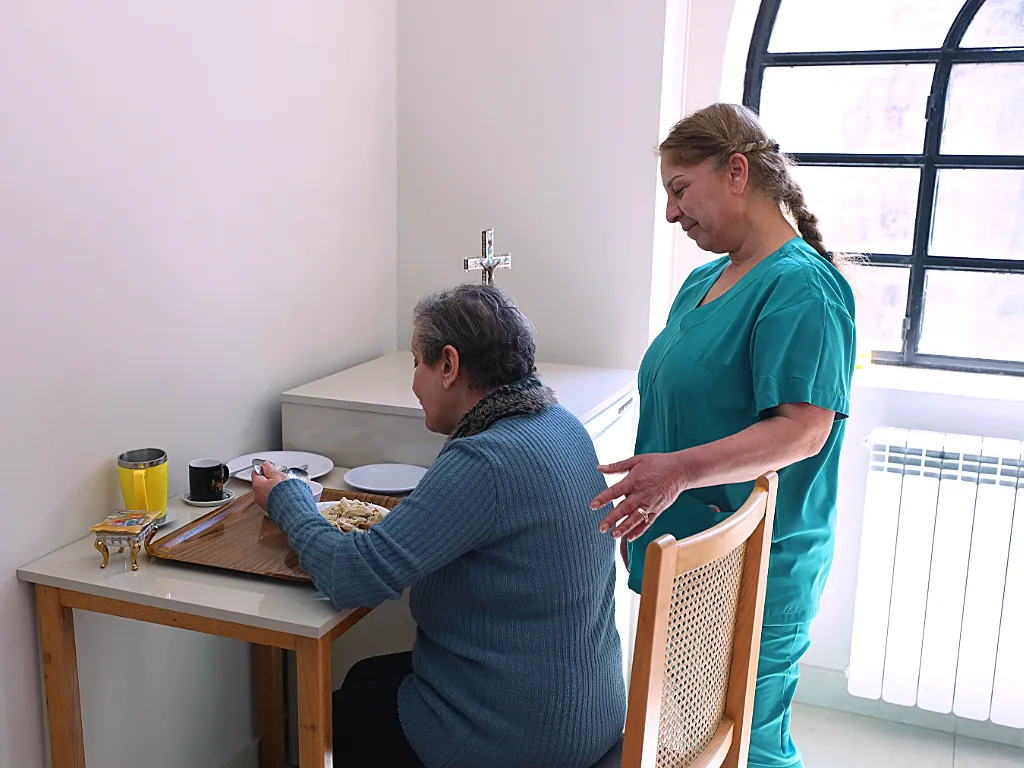
To this team, we should add the specialized nurses and doctors
Both projects depend mainly on donations, as even the rooms of the elderly are rented at a token price far to cover their expenses.
Finance
Both projects depend heavily on donations, as even the elderly house’ rooms are rented at a token price which unfortunately is not sufficient to cover their expenses.
Since the unrest in Syria, we are relying more and more on donations from NGOs, Embassies and Syrians from the diaspora.
The accounting department keeps very accurate and transparent accounts with all necessary related papers.
The major expenses are for the daily running costs of the homes, mainly: food and medical care. And due to the aging of the convent (nearly 60 years old), a lot of maintenance or renovations are required.
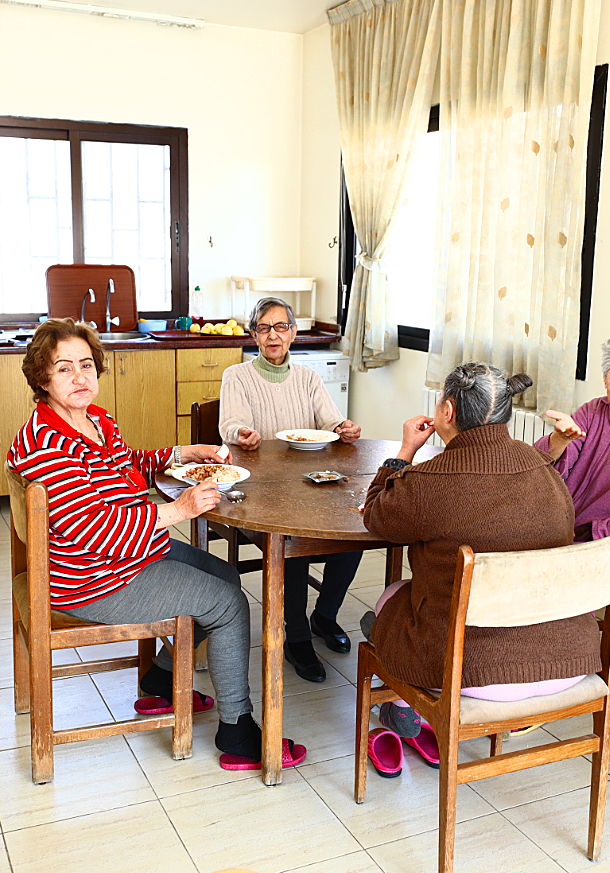
Photo album
